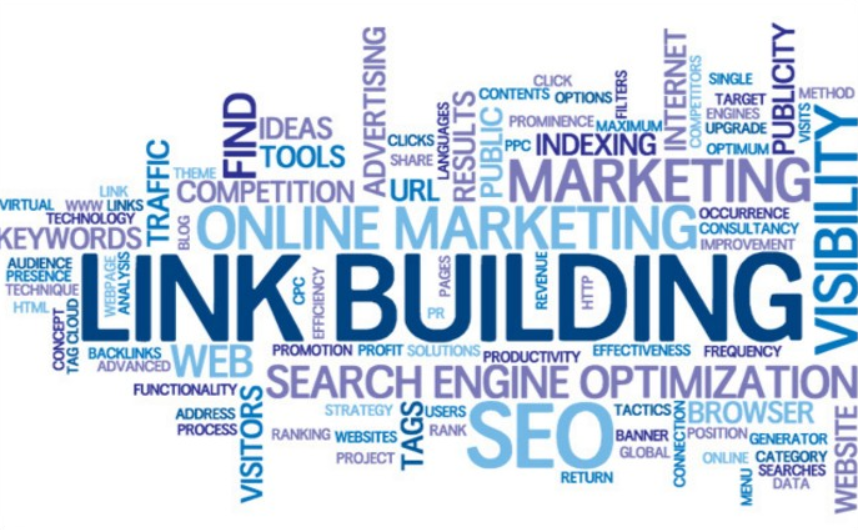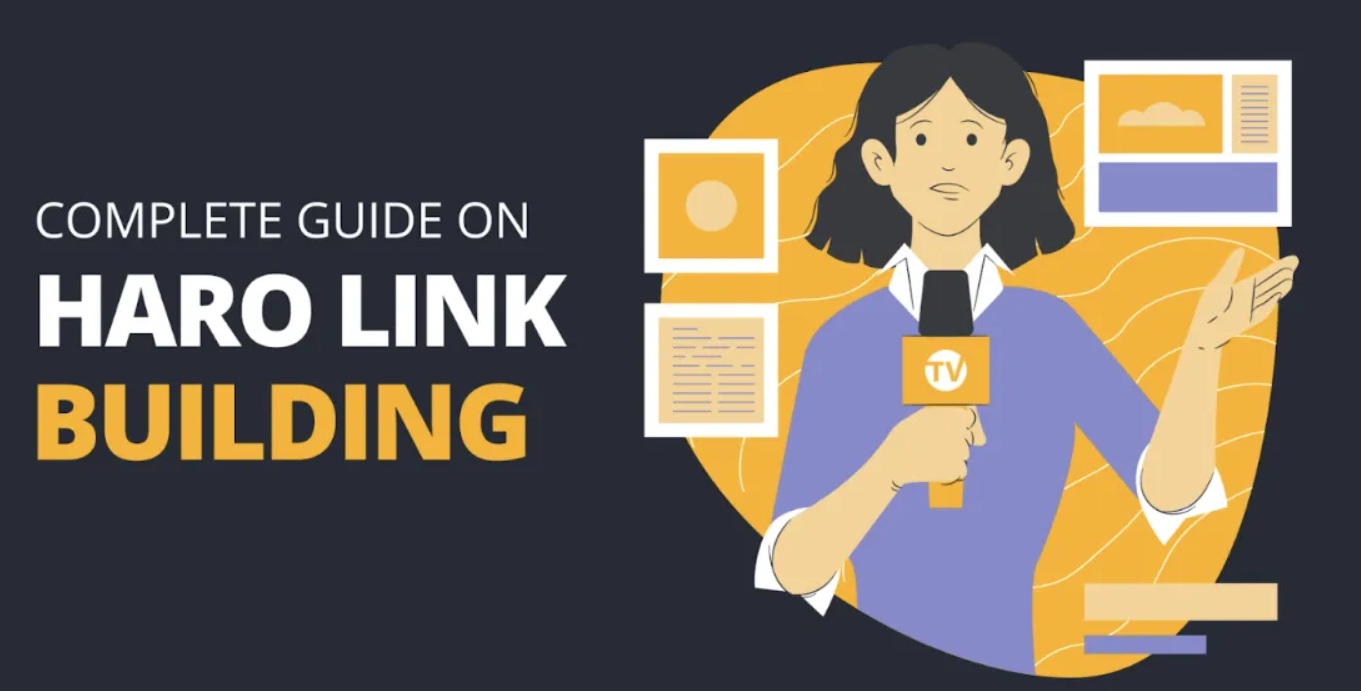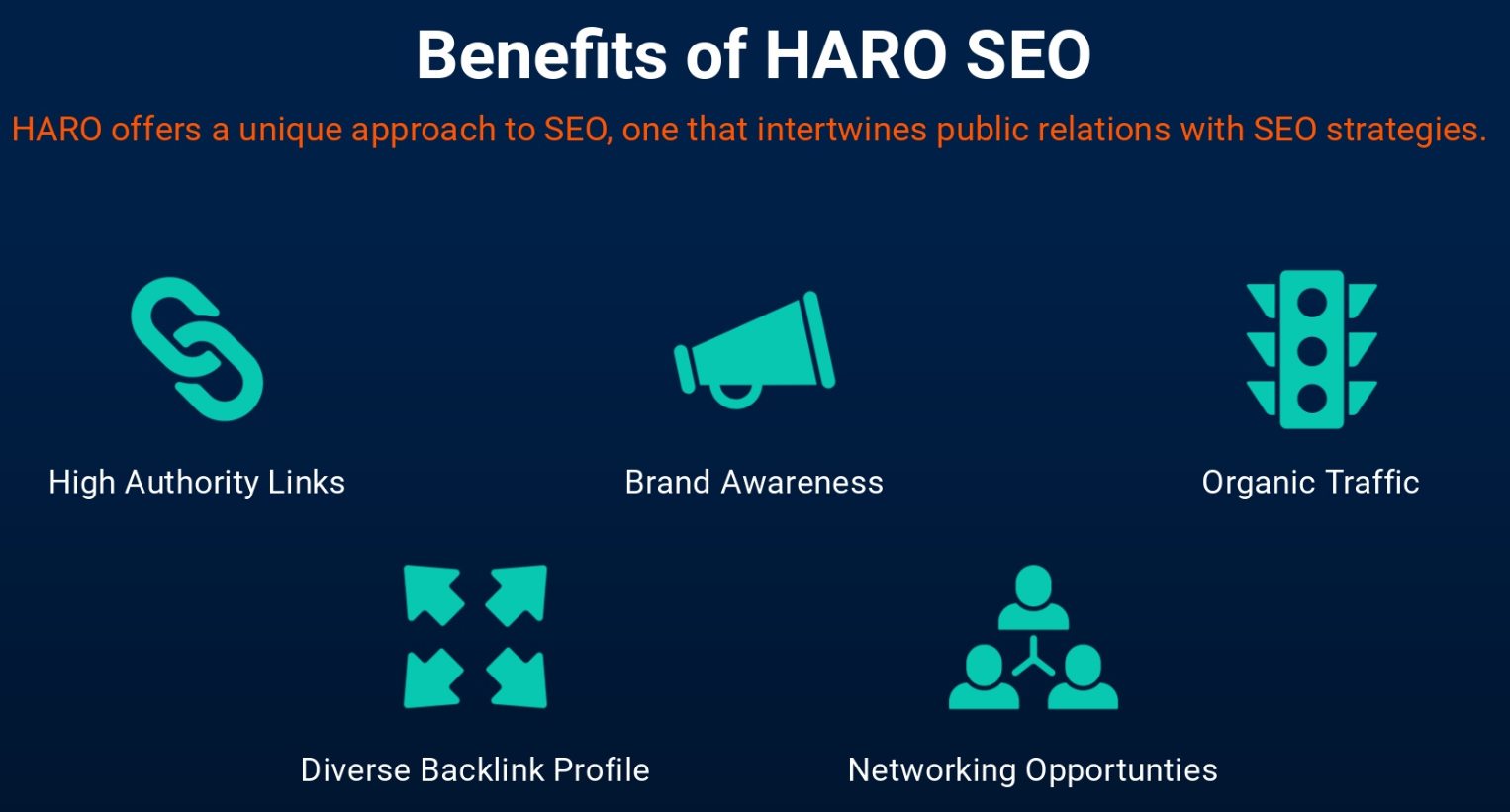Why Startups Should Invest In SEO
1. SEO is Affordable
With the very competitive world of digital marketing nowadays, online marketing can be extremely expensive. SEO, however, can be very affordable.When done right, you can even implement SEO for totally free.Most startups are struggling with the issue of the limited budget, even more, limited marketing budget. Investing in a startup SEO agency can be a solution so we can direct that valuable monetary resources elsewhere.2. SEO is About Content, and Content is About Establishing Trust
We only purchase products or services for brands we can trust, and this is probably the biggest issue for startups.SEO, in essence, is about publishing relevant and high-quality content. If you can consistently publish valuable content, you can establish credibility as the expert of your niche.This is the main idea of inbound marketing, which is, again, a very effective and affordable marketing tactic for startups.3. SEO Will Improve Your Online Presence and User Experience
The ultimate goal of SEO is to get more organic traffic, which is achieved by ranking higher on the organic search engine results page (SERP). However, even when this goal is not achieved, implementing SEO will improve your site’s technical aspects and the overall user experience.Improving user experience will improve your site’s performance in general, which can improve conversion rate. SEO can, indeed, require some time before you see any significant results. However, you will still reap some useful benefits along the process.4. SEO is Sustainable
While SEO, as we have mentioned, might require a significant amount of time investment, the generated results can last for at least several years in the future.Yes, the market will evolve and the trends will change, but once you’ve got one or two content pieces ranking on the first page, it’s much easier to optimize newer content to also rank.In short, the more time and resources committed to SEO, the better a website will perform in the long run.5. SEO Opens Up Insights and Opportunities
Implementing SEO means staying on top of the web environment, its changes and trends.SEO will also require a thorough understanding on how your competitors approach the online world: their website, their approach to content, the keywords they are targeting, and so on.So, implementing proper SEO will also let you discover new opportunities to attract prospects, increase awareness for your brand, and ultimately, produce more revenue.Things to Consider When Implementing SEO for Startups
Now that you are convinced that SEO is the right marketing approach for your business (at least, one of your marketing activities), you are probably wondering of where to start.With that being said, there are four important things to consider when planning SEO for your startups:1. Defining Your Goals
The purpose of SEO is fairly obvious: driving organic traffic to your website by ranking higher on the search engines.So, the question here is: how can this increase in organic traffic help your business and marketing goals? Consider these:- More traffic will translate into more leads, which in turn will translate to more revenue and profit
- The more keywords your site is ranking for, the more brand recognition you’ll get. Again, remember that credibility is everything in this world of social media
- Lead generation is often the most challenging part of startup marketing, and SEO can be a sustainable, growing source for qualified leads
- Better understanding of your audience, your market, and your competitor, which will also help in various aspects of your business.
2. Target Keywords and Topic Generation
SEO is, first and foremost, about content. That is, regularly publishing content in various forms from blog posts, guest posts, videos, images, infographics podcasts, and so on.There are two main reasons here: first, is that through the content, we can include our target keywords naturally, which is essential for SEO. Second, is that one of the most important factors for SEO success is generating backlinks. The more relevant your content is, the more sites that will link it.So, one of the key activities in SEO is about finding the right keywords to target and expanding the keywords into interesting topics.There are various tools that can help you in this aspect, and we will discuss this further below.3. Content Promotion
We have discussed that one of the most important ranking factors in the SERP is backlinks. The thing is, no matter how good your content is, you won’t get traffic (and backlinks) unless you promote it properly.SEO is, by itself, a way to promote our content. So there’s the paradox: one one hand we want more traffic and backlinks by ranking high on the search engines, yet how can we get those backlinks in the first place?The answer is by promoting your content through various channels. Nowadays, this is especially done through social media and influencer marketing.Influencers, with their loyal followers, can give you both traffic and high-quality backlinks. So, when developing your content, you should aim to publish content that these influencers will find interesting enough to link to.4. Technical Factors
Google and other search engines will only rank websites that are properly optimized, technical-wise. Not all websites can be properly indexed by the search engines and Google will only rank mobile-friendly sites, among other technical factors.While there are many different technical aspects that will affect your SEO performance, in general we should focus on keeping the site visitor for as long as possible on our site. That is, lower bounce rate and higher dwell-time.Again, we will further discuss technical optimizations for SEO below, but keep in mind that your SEO game plan should consider the technical aspects of your site.SEO for Startup: Step-By-Step
Now, it’s time to translate those four important factors into actual, actionable steps:1.Defining Clear Goals
Remember that the main focus here is to define measurable and realistic goals. Unrealistic goals might affect the morale of your team when it’s not achieved (while it’s not achievable in the first place), and the progress should be measurable so you can make the necessary adjustments.For example, you can develop specific goals like:- Increasing the number of monthly visitors by 30%
- Generate 50 new leads per month
- Increase annual revenue by 20%
2. Keyword Research
The main principles of selecting the right keywords to target are:- The keywords must be relevant for both your business and your audience. There are certainly keywords that will attract your audience but aren’t related to your brand, and vice versa. Avoid these.
- The keywords must have a high enough search volume, but manageable competition. For example, overly popular keywords might have very high search volume, but aiming for these might be very expensive if not impossible.
- The keywords must be expandable into actual topics that are related to your business. Some keywords might accomplish the two factors above, but it’s no use if we can’t develop a content from.
3.Content Development
Based on your keyword research result, it’s time to actually develop your content.There are several approaches you can take during this content development process:- Analyze your previous content, if any. See what works, and what doesn’t. Check for content gaps, as well as content pieces that you can update or leverage.
- Check your competitors. A quick Google search for the keyword can show the top-ranking content pieces. See how they are approaching their content, and aim to develop a better one.
- Various tools can aid you in this process. Remember that the key here is understanding your audience’s needs and preferences.
4. Technical Optimizations
SEO technical optimization is a very broad subject, and you might want to check out this technical SEO checklist to get started.However, here are the most important areas to focus on:- Mobile friendliness and page load speed. Very important factors. If your site is WordPress-based, consider updating your theme with mobile-responsive ones.
- URL. Create clear and readable URL while including the target keyword naturally. Your URL structure can have a major impact on ranking.
- Title and headlines. Generally, avoid exact-match keywords and use semantically-related ones. Google might penalize your site for over optimizations if you use too many exact-match keywords. Again, be as natural as possible.
- Meta description. Same as before, include your keywords naturally and focus to attract human readers. Meta tags are displayed as the search results snippets, so it will affect your click-through-rate.
- Internal linking. Which is, links from your own domain. You might want to check out this guide on improving your internal linking structure for SEO.
5. Structured Data Markup
Technically, this one belongs to technical optimization, but deserved its own section due to its importance (and scope).Structured data markup, or in this case, schema.org markup, is essentially properties and attributes you can assign to various aspects of your site so the search engines can better understand your data.Why should you implement structured data markup for SEO? The main advantage is that your site will be eligible for rich results, which are placed above the organic results.You might want to check out this in-depth guide on structured data markup to learn further about this.6. Content Promotion
As mentioned, there are two main goals in promoting your content here: getting more traffic and getting backlinks.There are various approaches you can take here, but here are some of the common (and effective) ones:- Influencer outreach can be very effective in various ways. First, they often have high-authority sites and can provide valuable backlinks. Second, promoted by relevant influencers can boost your credibility. Last but not least, you can get more traffic from their followers.
- Reach out to press and relevant sites of your industry. Build relationships and slowly aim to get backlinks from them. You might also want to offer guest posts.
- Social media is obviously an important channel in this day and age. You might want to combine this with influencer marketing to get the best results.
7. Monitoring Your Progress
SEO can be a long-term process that will require 6 to 12 months (or even more) before you see any significant result. However, once your site is ranked on the first page, you will get a sustainable source of traffic for at least several years.With that being said, it is important to continuously monitor your progress and measure its success, since SEO success is beyond solely ranking on the first page.Here are some of the important metrics to measure:- Traffic
- Ranking
- Engagement
- Conversion Rate
- Number of Backlinks




Lauren Mitchell
Really valued this breakdown, especially the part about SEO being a long-term asset for startups rather than a quick growth hack. Too many early-stage companies treat SEO as something they’ll “get to later,” but your point about compounding value and building trust early on really hit home. I also liked how you broke down the importance of narrowing keyword targets based on search intent. The example of going after problem-aware terms instead of just product features makes a lot of sense, especially for startups still finding product-market fit. Curious how you’d recommend balancing SEO investment when there’s pressure to focus on paid channels for immediate growth, any frameworks or % allocation advice? Overall, a super useful and refreshingly practical guide; definitely bookmarking this to reference for a few client projects coming up. Keep these coming.
Mike Khorev
Thanks so much, Lauren! We are glad the post resonated with you! Great question on balancing SEO and paid when budgets are tight and there’s pressure for fast results. What we’ve seen work well is a 60/40 split in the early stages, with 60% going toward paid for immediate traction, and 40% into foundational SEO (especially technical, intent-focused content, and key landing pages). As you start seeing returns and building organic traction, that mix can gradually shift in favor of SEO.
We also recommend thinking of SEO like product dev, you’re building an asset, so even if it’s slower, the compounding ROI often surpasses paid over 6–12 months. A simple rule of thumb we use with early-stage clients: if you’re planning to raise or scale in 6+ months, SEO should already be in motion.
If you have any other questions, we’re happy to answer them – looking forward to hearing how your projects go!